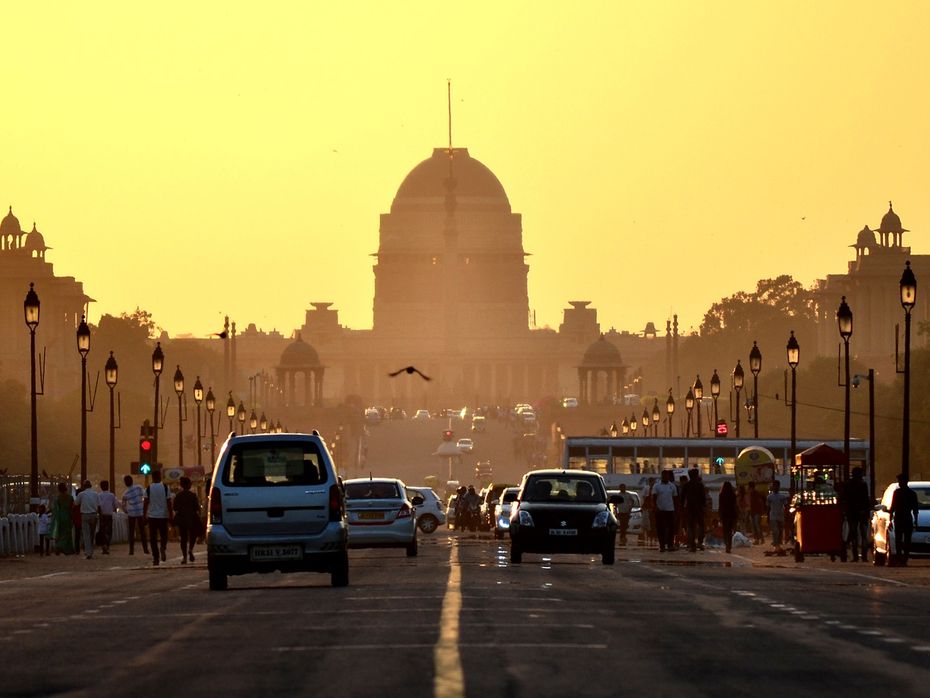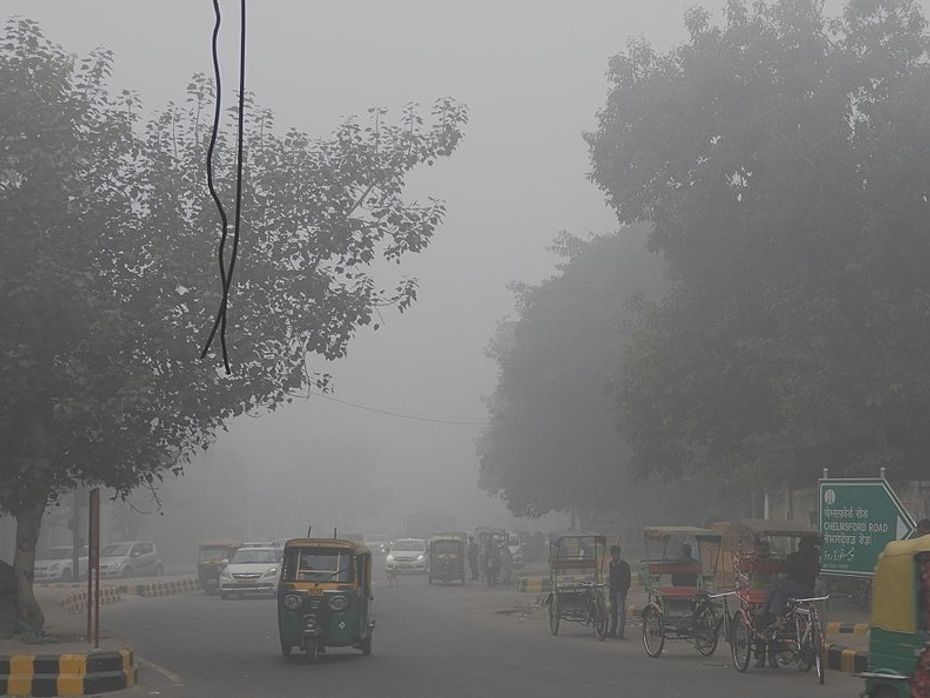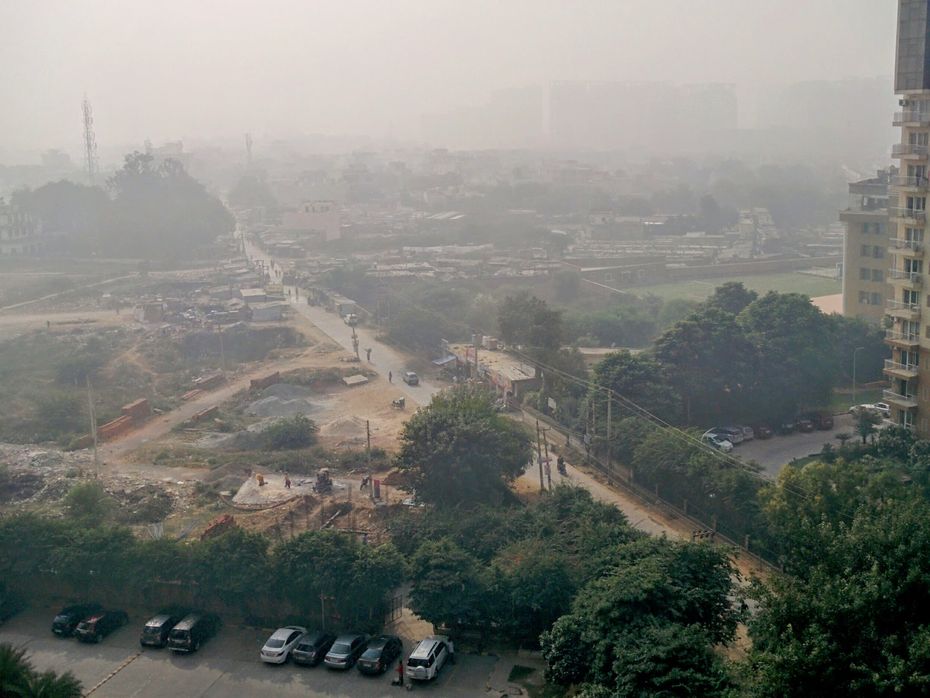
Renault Extends Standard Warranty On Kwid, Triber, And Kiger To 3...
- Dec 30, 2024
- Views : 30391


It has been a week since the Odd-Even rule was imposed in the National Capital Region (NCR), and it will stay in place until November 15. The traffic rationing scheme mandates that vehicles with an odd-numbered registration be allowed on public roads on odd dates, and vehicles with even registration numbers on even dates. Petitioners have complained to the High Court about CNG vehicles being included in the scheme this time around when their emissions are lower than petrol and diesel cars. The state government was asked to take the petitions up as representations, and in response, it has said that the scheme has been applied to CNG vehicles to reduce congestion in the city.

The premise of the Delhi government’s decision was to reduce pollution in the city and improve the air quality index (AQI), which has been in the “Severe” zone for several weeks. By limiting the number of cars on the road, traffic jams could be reduced, which would, in turn, help reduce vehicular emissions at traffic lights and bottlenecks. However, with all two-wheelers, VIP vehicles, and vehicles driven by women or those carrying school kids being exempt from the rule, the gains from this scheme are marginal at best.

Although CNG cars have lower emissions of CO2 and NOx than petrol and diesel engines of similar specifications, the difference in emissions isn’t large enough to warrant exclusion from environmental schemes. This parity between tailpipe emissions of NOx, CO, CO2, particulate matter and other pollutants between the three fuels will only grow to be less significant with improving emission norms.
Researchers at the Indian Institute of Technology, Kanpur (IITK), as well as that at The Energy and Resources Institute (TERI) observed that two-wheelers have a bigger share in overall PM2.5 emissions than cars. Both institutes called for a comprehensive plan to curb air pollution and concluded that the results of previous implementations of the odd-even scheme didn’t have observable effects on the air quality indices.

The need of the hour is a comprehensive plan for not just New Delhi, but the entire NCR, including surrounding areas where crop burning and industrial pollution is prevalent. New Delhi’s pollution problem is the result of blatant violation of industry guidelines, emission norms and government directives. The air quality in Delhi can be improved only with long-term implementation of schemes over two to three decades.

Renault Extends Standard Warranty On Kwid, Triber, And Kiger To 3...

Is The Kia Syros More Compelling Than The Best-selling Hyundai Creta?

Auto Expo 2025 - All You Want To Know About The Hottest Auto Show!

Hyundai Creta Electric REVEALED Ahead Of Auto Expo 2025! Here’s...

Upcoming Maruti Suzuki Cars Expected In 2025: e Vitara, Baleno...

Here Is The List Of All Tata Cars Likely To Be Launched In 2025

Mahindra BE 6 Launched: Price For The Top-spec Variant Is Out!

Upcoming Mahindra Cars Expected in 2025: XUV 4XO, Thar Facelift, BE...

JSW MG Motor India Revealed Their New SUV, The MG Majestor At Auto...
India's largest automotive community
 Check Out The List Of The Top 5 SUVs Showcased At The Auto Expo 2025
Check Out The List Of The Top 5 SUVs Showcased At The Auto Expo 2025
 Auto Expo 2025: Toyota Hilux Black Edition Explained In 10 Images
Auto Expo 2025: Toyota Hilux Black Edition Explained In 10 Images
 India’s Most Affordable Car, The Vayve Eva Is Priced From Rs 3.25 Lakh! Here Is A Look At All Of Its Variants!
India’s Most Affordable Car, The Vayve Eva Is Priced From Rs 3.25 Lakh! Here Is A Look At All Of Its Variants!
 As The Kia Syros Reaches Dealerships Check Out The Pros And Cons Before You Get One Home
As The Kia Syros Reaches Dealerships Check Out The Pros And Cons Before You Get One Home
 Vayve Mobility Eva
Rs. 3.25 Lakh
Vayve Mobility Eva
Rs. 3.25 Lakh
 BMW X3
Rs. 75.80 Lakh
BMW X3
Rs. 75.80 Lakh
 Hyundai Creta Electric
Rs. 17.99 Lakh
Hyundai Creta Electric
Rs. 17.99 Lakh
 Lotus Emira
Rs. 3.22 Crore
Lotus Emira
Rs. 3.22 Crore
 Lotus Emeya
Rs. 2.33 Crore
Lotus Emeya
Rs. 2.33 Crore